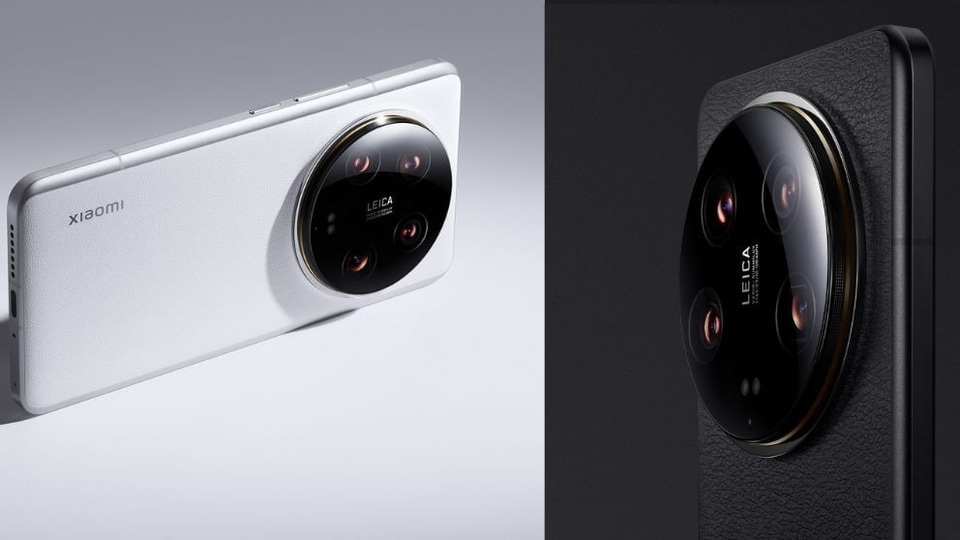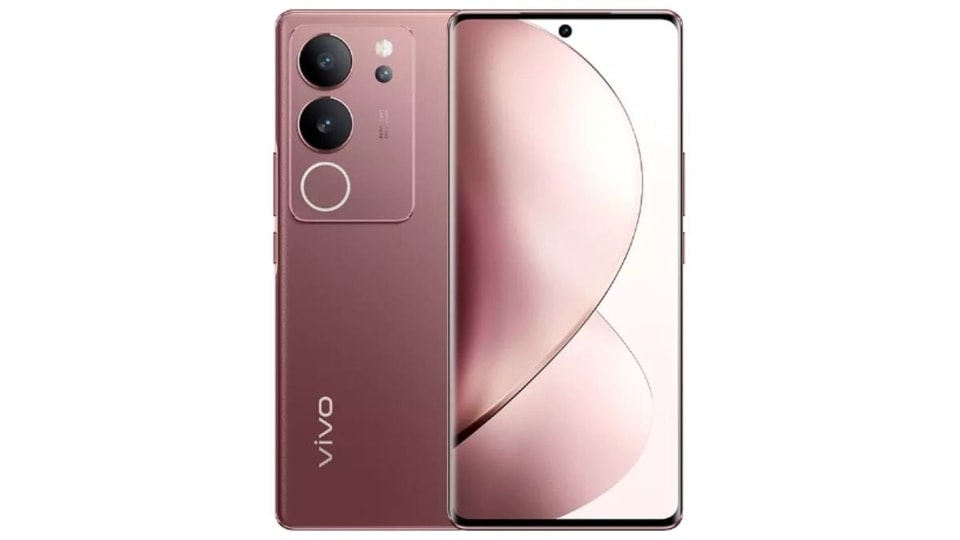Xiaomi 14 Ultra vs Samsung Galaxy S24 Ultra: How these flagship smartphones stack up against each other
Xiaomi 14 Ultra vs Samsung Galaxy S24 Ultra: To take on the Samsung Galaxy S24 Ultra, Xiaomi has brought its flagship smartphone, the Xiaomi 14 Ultra, to India for the first time ever. But how do these two flagships stack up against each other?






 View all Images
View all ImagesXiaomi 14 Ultra vs Samsung Galaxy S24 Ultra: Samsung has become a legacy brand when it comes to Android smartphones, offering a well-rounded experience for every budget. Its top-end smartphone, the Samsung Galaxy S24 Ultra, provides the best Android smartphone experience that you can get today. To take on this behemoth in the Indian smartphone market, Xiaomi has brought its top-end smartphone, the Xiaomi 14 Ultra for the first time ever. But how do these two flagships stack up against each other?
Also Read: Best Xiaomi 14 alternatives - Samsung Galaxy S24, iPhone 15 and more
Xiaomi 14 Ultra vs Samsung Galaxy S24 Ultra: Display
The Xiaomi 14 Ultra features a 6.7-inch LTPO AMOLED display with a refresh rate of 120Hz and a resolution of 1440 x 3200 pixels. The panel supports 3000 nits of peak brightness as well as HDR10+ and Dolby Vision.


mobile to buy?
On the other hand, the Samsung Galaxy S24 Ultra sports a 6.8-inch QHD+ Dynamic AMOLED 2X display with a refresh rate of 120Hz. It supports a peak brightness of 2600 nits and is HDR10+ certified.
Xiaomi 14 Ultra vs Samsung Galaxy S24 Ultra: Chipsets
Both smartphones are powered by the flagship Qualcomm Snapdragon 8 Gen 3 SoC. The Xiaomi 14 Ultra comes with up to 16GB LPDDR5X RAM and up to 512GB UFS 4.0 storage. Meanwhile, the Samsung Galaxy S24 Ultra gets 12GB LPDDR5X RAM and up to 1TB UFS 4.0 storage.
Xiaomi 14 Ultra vs Samsung Galaxy S24 Ultra: Cameras
There's a quad camera setup at the back of the Xiaomi 14 Ultra, with a 50MP primary camera, 50MP telephoto camera, 50MP ultrawide camera and a 50MP periscope telephoto camera. On the front, you get a 32MP selfie shooter.
The Samsung Galaxy S24 Ultra features a quad-camera setup which includes a 200MP main camera, a 50 MP camera with 5x optical zoom, a 12 MP ultra-wide camera, and a 10MP telephoto camera. On the front, the smartphone features a 12 MP selfie camera.
Also Read: Samsung Galaxy S24 Ultra Review
Xiaomi 14 Ultra vs Samsung Galaxy S24 Ultra: Battery
Both smartphones promise an all-day battery life. The Xiaomi 14 Ultra has a 5000mAh battery which supports 90W fast charging (wired) and 50W fast charging (wireless). It also supports 10W reverse wireless charging.
On the other hand, the Samsung Galaxy S24 Ultra also gets a 5000mAh battery with 45W fast charging (wired) and 15W fast charging (wireless). The Galaxy S24 Ultra also gets a 4.5W reverse wireless charging feature.
Xiaomi 14 Ultra vs Samsung Galaxy S24 Ultra: Pricing
The Xiaomi 14 Ultra is available in a single variant with 16GB RAM and 512GB storage. It is priced at Rs. 99999.
The Samsung Galaxy S24 Ultra starts at Rs. 129999 for the 256GB storage variant and goes all the way up to Rs. 159999 for the 1TB storage option.
One more thing! We are now on WhatsApp Channels! Follow us there so you never miss any updates from the world of technology. To follow the HT Tech channel on WhatsApp, click here to join now!
Catch all the Latest Tech News, Mobile News, Laptop News, Gaming news, Wearables News , How To News, also keep up with us on Whatsapp channel,Twitter, Facebook, Google News, and Instagram. For our latest videos, subscribe to our YouTube channel.





















